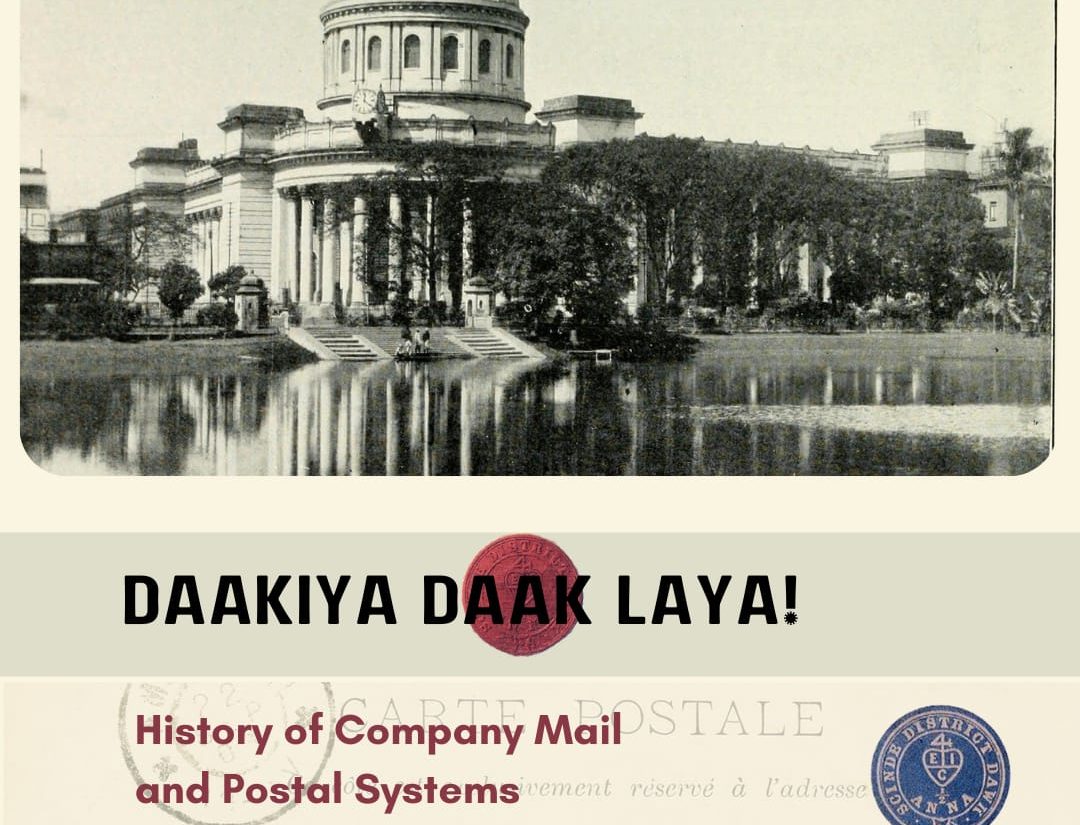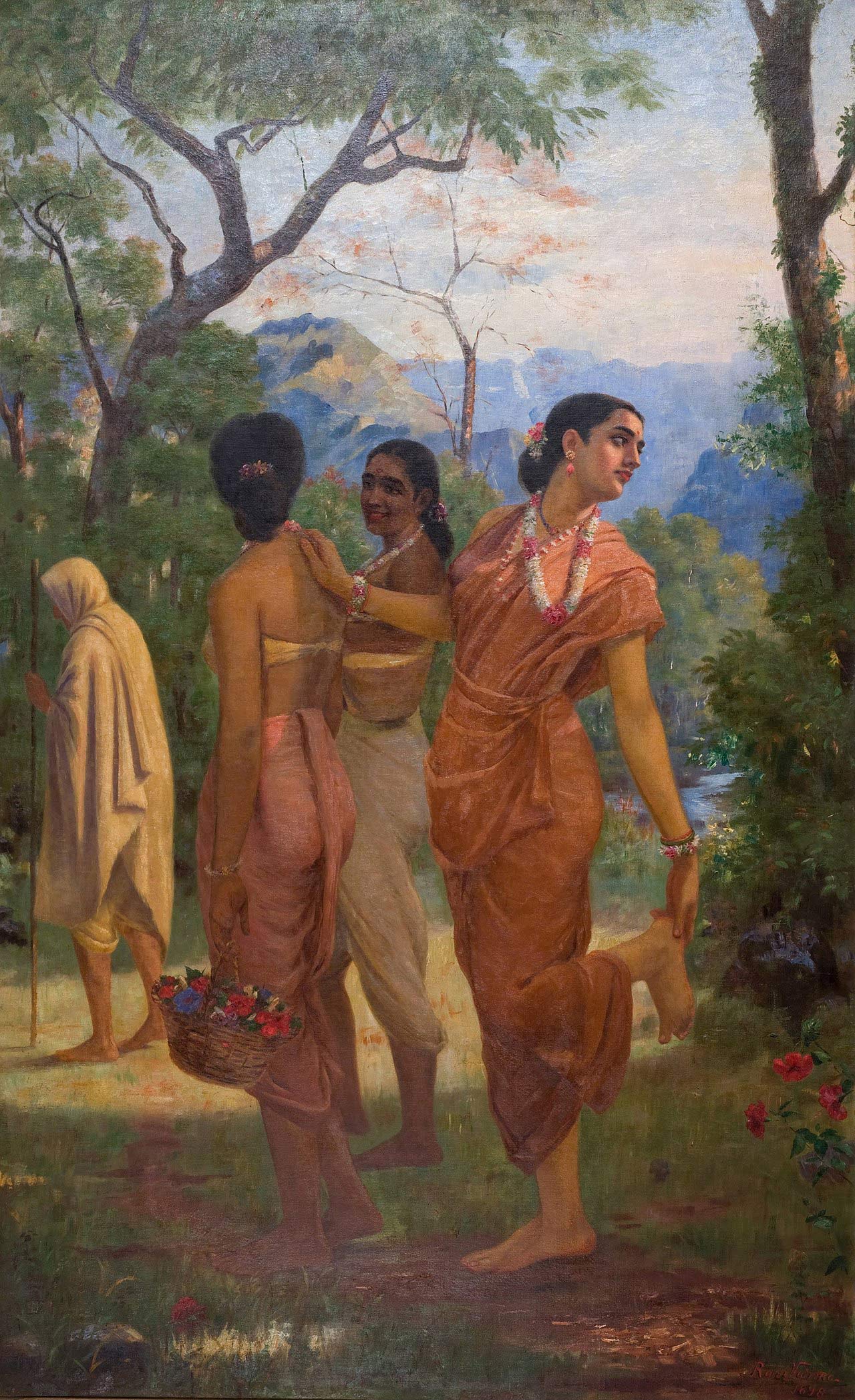
Article by EIH Researcher and Writer
Shamiksha Mallick
Dear readers,
My sincere greetings to you all! Hope this letter finds you in the pink of your health. My purpose of writing this is to share about a significant practice that is probably lost by the time you find this letter, the practice of writing letters and the use of postal system. Waiting at the entrance for a man in khaki on his cycle to arrive with an envelope addressed with your name is something that most of you all may not have experienced. The feeling of anxiety or excitement while you are waiting for that letter from your loved ones for hours is now reduced to something that ends within some minutes or seconds. Communication has become a virtual affair replacing the conventional way of writing and sending letters and postcards, waiting for the reply of the same for days. With apps like Whatsapp, connecting with the people that are away from you have become easier but somewhere the very essence of the postal system is devoid in these apps and with the gradual disappearance of the system itself, we are slowly losing an important part of our history and culture. This letter to the readers is thus an insight into the very beginnings of the era of postcards, stamps, letters and post-boxes to remind you of an age where people actually waited for days instead of minutes to hear from their loved ones.
Initial traces of postal communications can be seen in the 13th century when the Horse and Foot postal system was established during the reign of Allauddin Khilji. Ibn Batuta in 1341, also describes a similar set-up during the Tughluks. Sher Shah also introduced a Horse Dak between Bengal and Sind in 1541. However, the proper institutionalisation of a regular postal system took place when India was under the influence of the colonial rule. The beginnings of the same go back to 1766 when Robert Clive officially established a regular postal system. Following this in 1774, Warren Hastings organised ‘The Post Office’ which was initially called the ‘Company Mail’. Located in the site of the very first Fort William, the first general post office was established in the capital of British India, Calcutta. What we now know as the Bhartiya Dak or India Post was the modified service of the then known ‘Company Mail’, introduced by Lord Dalhousie in 1854.
Filled with a series of emotions, a rectangular piece of paper worth a quarter anna, postcards were introduced somewhere around 1879. The Instagram of the bygone British India, these cards were a means of sharing pictures along with a small caption with your loved ones through postal means. Picture postcards became immensely popular in Madras as many Englishmen sent the postcards depicting the beautiful landscapes, newly constructed colonial building, street scenes of Madras, all the way to their families and loved ones in England. These postcards or letters were then enveloped with the address of the receiver penned upon it and a small stamp in the corner notifying the payment of the postal service. Stamps were introduced in 1852 and in 1854, the establishment of uniform postal rates led to development of first stamps that were valid for use throughout the country. Picture stamps also came out in 1931 and with the growing aesthetic value of stamps, stamp collection of different kinds became a hobby of many. The envelope containing the stamp and the postcard was then dropped into the nearest post box. This red colored box was located in the remotest of the areas where people could go and drop their letters. In Britain, such boxes were green in color during the Victorian era but were later changed to red for more visibility amidst the heavy fog. Most of the boxes in India were thus red in color, as a means for the colonisers to leave behind the legacy of their country here. The postman used to collect the letters and then these were sorted and sent to their rightful owners. The mails that went across borders used to take months to reach. However, in 1820s Thomas Waghorn worked on an overland route between England and India which reduced the time taken to reach the post to 35 days.
After Independence, the institution was taken over by the Indian Government and gradually with time, its use declined with the development of phones and Internet. The diminishing patience of the people and their occupation with their professional life, has led them to rely more on text messages than on the heartfelt letters and postcards. Thus, the postal system that is now out of use was once the only means for the people to connect and the letters that were sent across were not mere pieces of paper but a whole box of emotions that was to be cherished for eternity. With this, I end my piece of writing with the hope that it will find a reader who loves to send in mails via postage just like we do.
Thanking you
Yours truly,
Shamiksha
REFERENCES:
Postal History
https://www.indiapost.gov.in/VAS/Pages/PostalHistory.aspx
Postal History of India
https://www.postalmuseum.org/collections/postal-history-india/
These postcards tell a tale of India and Pakistan, the way they were a hundred years ago
From their conception in 1870 to their decline in the age of the internet, we tell you about introduction and evolution of the humble postcard
About Postage Stamp
IMAGES:



First Postal Stamps In India In 1852, Scinde District Dawk
http://www.firstissues.org/ficc/details/scinde_1.shtml

Set of stamps marking the Inauguration of New Delhi, 1931

East India post card

Stamp showing a Post box

150 years of India Post

Calcutta GPO
https://commons.wikimedia.org/wiki/File:PostOfficeCalcutta.jpg#/media/File:PostOfficeCalcutta.jpg




















